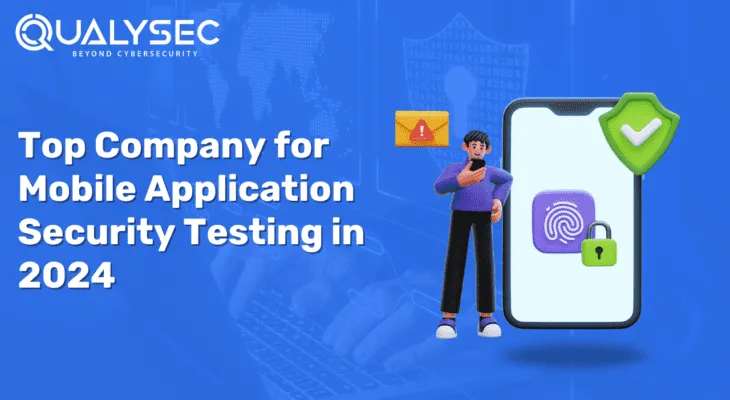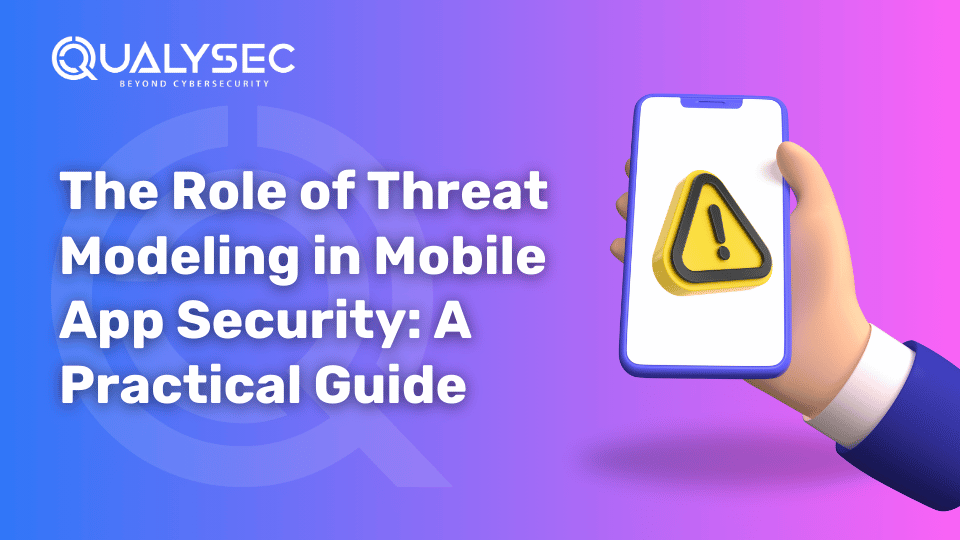Here is the Top Company for Mobile Application Security Testing in 2024
In today’s interconnected world, where technology plays a pivotal role in our lives, ensuring the security of our digital assets, especially in the realm of mobile applications, has become more critical than ever. The prevalence of cyber threats and the potential for devastating consequences have made security testing an indispensable component of mobile application development. In this blog post, we will delve into the importance of mobile applications security testing, explore five different types of security testing specifically tailored for mobile apps, discuss the six principles of security testing as they relate to mobile application security, highlight essential considerations while selecting an external security testing vendor for mobile apps, and provide an overview of the common tools used for security testing in the context of mobile application development. Why is Security Testing important? The significance of security testing cannot be overstated. It serves as a proactive measure to identify vulnerabilities, assess risks, and ensure the robustness of a system’s security posture. Here are some key reasons why security testing is crucial: Protecting sensitive data: Security testing helps safeguard sensitive user data, such as personal information, financial details, and login credentials, from unauthorized access, breaches, or theft. Maintaining user trust: By conducting thorough security testing, organizations demonstrate their commitment to protecting their users’ data and maintaining their trust. A security breach can lead to severe reputational damage and loss of customer confidence. Compliance with regulations: Many industries, such as finance, healthcare, and e-commerce, are subject to regulatory requirements that mandate robust security measures. Security testing ensures compliance with these regulations and helps avoid legal consequences. Preventing financial losses: Security breaches can result in significant financial losses due to the costs associated with incident response, recovery, legal ramifications, and potential lawsuits. Conducting security testing minimizes the risk of such financial implications. Mitigating business disruption: A security incident can disrupt normal business operations, leading to downtime, loss of productivity, and reputational harm. Regular security testing helps identify and address vulnerabilities before they can be exploited. What Is Mobile Applications Security Testing? Mobile applications security testing is an essential process that aims to assess and evaluate the security of mobile applications. It involves identifying vulnerabilities, weaknesses, and security loopholes that attackers could exploit to compromise the confidentiality, integrity, and availability of the application and its associated data. Through thorough security testing, organizations can gain insights into potential risks and vulnerabilities, enabling them to take proactive measures to mitigate these issues before they can be exploited. This not only helps in enhancing the overall security posture of the mobile application but also contributes to building user trust by ensuring that the app is resilient against potential security threats. One of the key objectives of mobile application security testing is to ensure that the application meets industry standards and best practices for security. This includes testing the application for common security flaws such as input validation errors, authentication and authorization issues, insecure data storage, and inadequate session management. By identifying and addressing these vulnerabilities early in the development lifecycle, organizations can minimize the risk of security breaches and data leaks, thereby safeguarding both their reputation and the sensitive information of their users. Mobile applications security testing is, therefore, a crucial step in the development process, helping organizations deliver secure and reliable mobile applications to their users. Criteria for Mobile Applications Security Testing When performing mobile applications security testing, several key criteria should be considered to ensure comprehensive coverage: Authentication and Authorization: Testing the app’s authentication mechanisms, password policies, session management, and user access controls to ensure that only authorized users can access the app’s functionalities and data. Data Storage and Encryption: Assessing how sensitive data is stored, encrypted, and protected both in transit and at rest. This includes evaluating secure storage practices, encryption algorithms, and secure key management. Network Communication: Testing the security of network communication channels to ensure the use of secure protocols (such as HTTPS) and protection against potential eavesdropping, man-in-the-middle attacks, and data tampering. Input Validation and Output Encoding: Verifying that the app properly validates user input to prevent common security vulnerabilities like SQL injection, cross-site scripting (XSS), and command injection. Additionally, assessing how the app encodes and sanitizes output to prevent injection attacks and data leakage. Secure Session Management: Evaluating how the app manages user sessions, including session timeouts, secure session token generation, and protection against session hijacking or fixation attacks. Why Conduct Mobile App Security Testing? Mobile applications security testing is important to developers but has yet to be commonly understood. Aside from the increasing prevalence of mobile fraud, there are various reasons why businesses should prioritize mobile app security and commit to building a complete plan. Consumers must be cautious about the information they disclose and the data they download when using the internet, but business professionals must also be cautious. Mobile devices are almost constantly on and close by, storing massive amounts of personal information, sensitive data, and documents. As a result, they might be a gold mine for attackers. An assault on your app might be disastrous for your company. Security testing is critical to the development lifecycle for the following reasons: Makes your app conform to industry requirements. Gives your customers confidence in your offerings (for example, when your app is ISO 27001 certified). Aids in detecting and understanding flaws, allowing you to remove and prepare for dangers such as security breaches. Reduces the financial and reputational consequences associated with security events. Assists you in determining which components of your app’s application to modify: third-party code, your code, or your security personnel. Read more: Key reasons why mobile app security testing is important for businesses What are the Perks of Performing Pen Testing for Mobile Applications? Mobile app Penetration testing is an ongoing activity that benefits both the app development company and the app user. We’ll look at the top benefits of mobile penetration testing here: 1. Avoid Future Assaults Running your app through a simulated assault is the greatest approach to assess its security strength. With an






